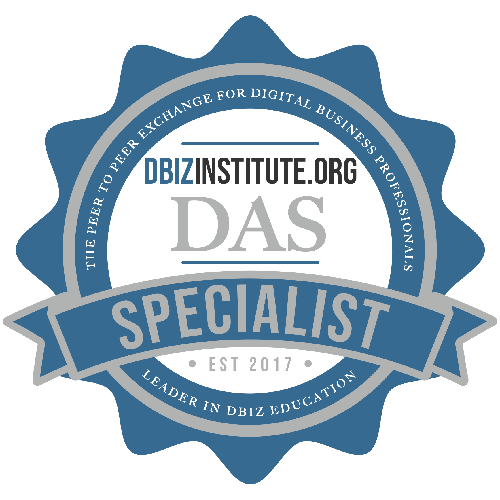Home / Resources
Resources
Discover a Wealth of BPM Knowledge and Expertise at BPMInstitute.org!

Continuous Improvement – Now!
Do you notice any built-in contradiction in the title of this article? A naïve approach to Continuous Improvement (CI) would be to attempt to benchmark Toyota, and just do what they do. That would be OK if: 1) You make automobiles, and 2) You have fifty years of Toyota management experience. Without those advantages, you would do best to consider a modified strategy.
It’s not easy to change, and usually not fruitful to change precipitously. An anecdote from an unnamed country, several wars ago, decided to mechanize the cavalry. An inspector, reviewing the prototype of the new battalion, marveled in the shiny new personnel carriers and tanks. However, he then noticed two soldiers standing off to the side, apparently doing nothing. When he inquired, he was told: “They are there to hold the horses.”

Building Business Architecture That Endures
Two of my biggest passions are business architecture and participating in endurance events like an Ironman® or an ultramarathon. Having excelled in both over the years taught me a few lessons. At the end of the day, every business architect’s goal to improve decision-making and accountability for business outcomes is not much different from an endurance athlete’s goal to win. I even coined the term “endurance architect” to aptly describe what I do. In my opinion, an endurance architect is someone who can bring the lessons from the playing field to the boardroom and vice versa to achieve sustainable profitability and/or self-actualization. How do we achieve these lofty goals? Let me start with the nuances of strategy and outline the steps of achieving success through strategic co-alignment, with examples from an endurance architect’s point of view.
What is strategy?
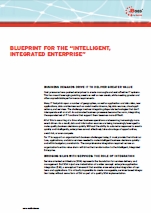
A blueprint for the intelligent, integrated enterprise
For IT to support an organization’s business challenges today, it must provide the infrastructure, applications, and data services needed to make intelligent business decisions quickly. This whitepaper discusses the comprehensive integration required—across an organization’s entire value chain—that drives transformation to the intelligent, integrated enterprise.
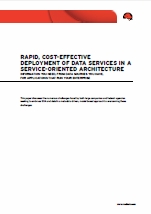
Rapid, cost-effective deployment of data services in a service-oriented architecture
Service-oriented architecture (SOA), and particularly its most common implementation as web services, represents the latest stage of evolution in application architecture for the enterprise. Service-oriented architectures are enabling organizations to increase their agility in the face of change, improve operating efficiency, and reduce the cost of doing business—often significantly. In spite of these advances, many organizations with significant investments in data collection and storage technologies still struggle with how best to embrace and deploy the new architecture in a way that leverages data assets. This whitepaper discusses the numerous challenges faced by both large companies and federal agencies seeking to embrace SOA, and details a metadata-driven, model-based approach to addressing them.

We Modeled the Processes – Are We Finished Yet?
Not quite! I can’t tell you how many companies I have worked with who announced we have modeled all the current state process or say we want to begin by modeling all their As Is processes. And they ask, can you help us with that? There is nothing wrong with modeling processes, but it takes a long time and it doesn’t produce improvements. Modeling processes is just one of the first steps. I suggest modeling the processes you want to improve and do them in groups of three or one by one. Then analyze each and improve them to see business results.
So if you’ve only done the process diagramming, what do you need to do next? Look at the roadmap below showing the phases of a BPM/ process improvement project.
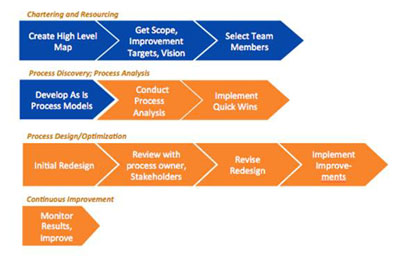

Process Based Governance and the Role of SLAs
By now, it is fairly well known that the root causes of excessive costs and errors, of delays and inflexibility, are related to the non value added handoffs across organizational boundaries. In most companies, work is fragmented across multiple departments, product lines and business units. No one has end-to-end ownership of the flow of work or responsibility for flawless service to the customer. In such environments, redundant activities and duplication of effort is common, errors are frequent, and overall responsiveness to customers’ needs is elusive. The key to resolving these issues is to take action on redesigning customer touching end-to-end processes and then install a governance framework which assures cross departmental collaboration, encourages different units to work together for value creation, and makes the changes stick.

The Importance of Integration Capability when Selecting a BPMS
This article highlights the importance that system integration capabilities should play when selecting a BPMS. Integration is often the largest challenges in transforming business processes and can often present one of the most difficult barriers to delivering rapid success.
Few business processes live out their life within a single system. Consider the example of winning a new customer, on-boarding them, delivering a service and gaining payment. It is not uncommon to find the following systems involved in supporting these processes:

Discovering the Value Streams for an Enterprise
How does a Business Architecture (BA) team determine the value streams for their enterprise? Is there a suitable reference available in the public domain of the Web for the team to analyze? Many are familiar with and frequently use the American Productivity and Quality Center (APQC) and its Process Classification Framework (PCF), but does something comparable to the APQC-PCF[1] exist which is organized around value streams by industry? Sadly, the answer is “no.” So what approach should the BA team take and how will they determine the value streams for their enterprise?

Orchestration-Driven Development (ODD) – Nothing Odd About it!
Orchestration-Driven Development (ODD) represents a direct evolution of Object-Orientation (OO), with the emergence of Service-Oriented Architecture (SOA) and Business Process Management Suites (BPMS) as its catalyst. The philosophy behind ODD is relatively simple: a business application should be a direct translation of the business process it supports. Build your process model first, then derive your application components from this process, re-using existing components where possible. Seems pretty straightforward, right? You would think adoption of such a philosophy would be far more widespread. And perhaps it would be, except for modern software engineering conventions getting in the way.
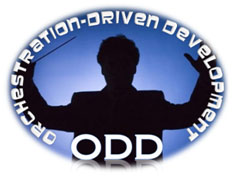
Figure 1 Orchestration-Driven Development (ODD)

Strategic Adoption of BPM as a Management Discipline
BPMInstitute.org defines Business Process Management (BPM) as the definition, improvement and management of a firm’s end-to-end enterprise business processes in order to achieve three outcomes crucial to a performance-based, customer-driven firm: 1) clarity on strategic direction, 2) alignment of the firm’s resources, and 3) increased discipline in daily operations.
Traditional methods of performance management focus on department & functional unit performance. BPM focuses on the management and continuous improvement of cross functional processes. This involves continuous monitoring, evaluation, measurement and process innovation. These cross-functional processes must be clearly defined and documented. Process performance objectives in terms of time, quality, cost and productivity must be defined. Process teams and process owners must be established.

Capability Maps: Value of Financial Perspective
In this modern era of business, business architecture as a discrete discipline of business management, has gained substantial traction. Business architecture approaches and methods are evolving and maturing rapidly. Capability maps, which establish a comprehensive view of “what” a business does from a consistent, non-redundant and well-defined perspective, are now a part of the foundational aspects of business architecture. Established business enterprises realize that capability maps are critical for strategic planning and business transformation. During a capability mapping exercise, business architects sometimes don’t give due importance to the significant financial aspects or considerations of an operational business model. Business architecture and capability models are not immune to financial constraints, nor should they be handcuffed by them.
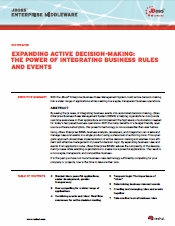
Expanding active decision-making: The power of integrating business rules and events
By easing the process of integrating business events into automated decision-making, JBoss Enterprise Business Rules Management System (BRMS) is helping organizations incorporate real-time awareness into their applications and implement the high levels of automation needed for today’s fast-paced business operations. With the many benefits of a budget-friendly open source software subscription, this powerful technology is more accessible than ever before. Using JBoss Enterprise BRMS, business analysts, developers, and system integrators can create and manage rules and events in a single product using a shared set of authoring tools. The result is a more agile, transparent, and competitive business. If in the past you have not found business rules technology sufficiently compelling for your company or projects, now is the time to take another look.

Developing and Mastering BPM Skills
In December 2011, the BPMInstitute participated in a Forrester research report entitled “The Forrester Wave: BPM Training And Certification Programs, Q2 2012” (May 2012) of the training and certification programs offered in business process management. BPMInstitute.org has made the report available to our readers, for a limited time. This article provides additional comments on the topics presented in the Forrester report. The report’s research findings agree with our own research into our student’s objectives for taking BPM training.
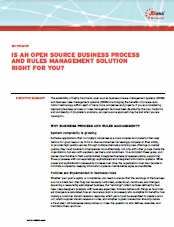
Is an open source business process and rules management solution right for you?
The availability of highly functional, open source business process management systems (BPMS) and business rules management systems (BRMS) are bringing the benefits of process automation technology within reach of many more companies and projects. If you are considering deploying business process or rules management but have been daunted by the cost, footprint, and complexity of proprietary solutions, an open source approach may be just what you are looking for.

The Strange Case of the People vs. Business Decision Management
Essays I have authored in the past generally focused on various methodologies and technologies revolving around business decision management – business process, business rules and analytics. I’ve always been quite interested in the past, present and likely future of these capabilities and their application in various real world domains.
For the last several years I have been wholly involved with applied decision management in the financial services arena. While there has been an almost unfathomable amount of turmoil in these businesses over the past several years, I was still very surprised to recently hear a loud cry from the mortgage industry that “technology got us into the trouble that we are in today!”

Business Architecture Drives Project Portfolio Prioritization
Business architecture helps portfolio managers prioritize IT-based projects by mapping projects to a business capability model. A capability model can aggregate what’s important, urgent, and doable in an organization which can then be used to prioritize projects. Project portfolio managers may use several approaches to portfolio analysis (see Schuurman & Powell, 2008) but a capability-based portfolio analysis adds additional rigor and discipline to prioritization.

Ensure Process Adherence and Continuous Improvement
Imagine if you could capture processing activity right at the source – the employee desktop. Imagine if this activity could be translated into:
- Real-time process maps for quick identification of process variances and bottlenecks
- Personalized guidance to ensure accurate and efficient processing
- Robust reporting showing employee efficiency in application use, productivity, idle time, and process adherence.
Download the white paper from Verint® Systems, Desktop & Process Analytics: A Powerful Solution for Business Process Improvement, to find out how our solutions can help ensure adoption of process improvement changes and support a culture of continuous improvement.

An Integrated Approach to Improving Business Process Quality through Risk Modeling – Part 2
This two-part series explores methods of actively evaluating risk as part of business processes, and incorporating elements of risk deterrence into business process models. In Part 1, we explored the context and precedents for our research. As we learned, achieving a stronger integration between risk analysis and process modeling promises to improve the quality of the modeled processes and increase the percentage of positive business outcomes those processes achieve. In this final part of the series, we will describe an innovative approach to incorporating risk management directly into business process models using the standard Business Process Model & Notation (BPMN), version 2.0.

Risk Assessments 1-2-3
Risk assessments have become more common recently, and for good reason. We read headlines daily about data breaches, high-dollar investments gone wrong, and companies that took a market risk that didn’t pay off.
Risk increases as a result of change, whether internally or externally triggered. Examples of internally driven change include executing a new project, launching a new product, or changing a process. Regulatory requirements, market changes, competitive challenges, and new security threats change the risk profile even when a company is conducting business as usual. Enterprises are never done with assessing risks; there is no such thing as “steady state” when it comes to risks.
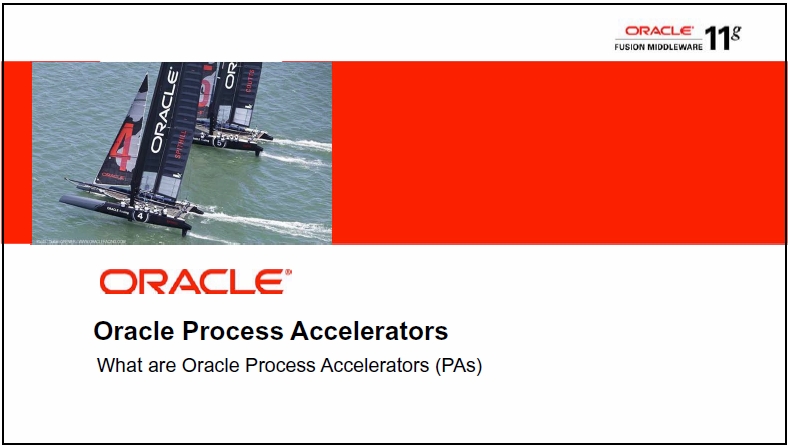
Leading Edge BPM Benefits Without Bleeding Edge Pain
Best Practices With Oracle Process Accelerators
How can organizations reach BPM “process excellence” faster, thus delivering consistent value with BPM? One of the current trends includes adopting “process templates”. Oracle Process Accelerators are pre-built business process solutions that can be deployed as-is, or extended to meet customer-specific requirements. Generic templates or frameworks are important, however not enough to really affect an organization’s productivity with BPM. This webcast presents an “under the hood” view of Process Accelerator best practices and patterns that can serve as blueprints for organizations striving to reach maturity in their process-driven solutions.













